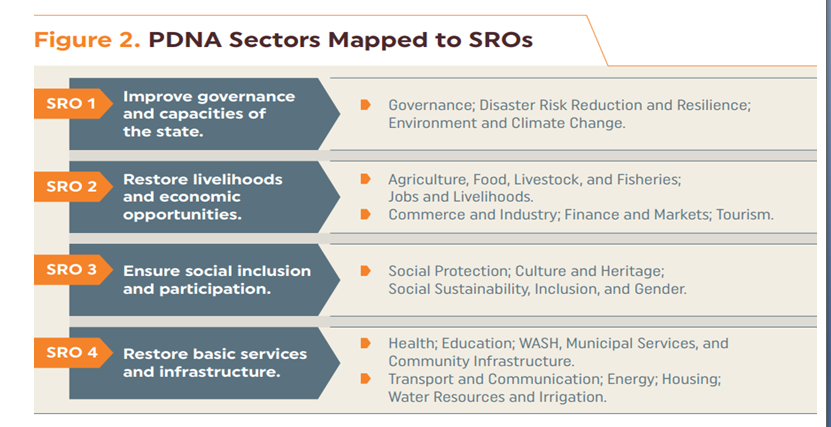INP-WealthPk
Ayesha Saba
In order to enhance transparency and efficiency in flood-related projects, the planning ministry has inaugurated the 4RF (Recovery, Rehabilitation, and Reconstruction Framework) dashboard. The dashboard is poised to play a pivotal role in streamlining post-flood recovery activities and providing real-time updates on both the physical and financial progress of projects. Talking to WealthPK, Member of Planning Commission Asim Saeed said the devastating floods in 2022, which swept across Pakistan, not only exacerbated the existing economic challenges but also disproportionately affected the most vulnerable segments of the society. The government has embarked on a strategic recovery mission aimed at restoring the lives and livelihoods, particularly in the hardest-hit areas. “The 4RF dashboard will serve as a comprehensive tool, offering real-time insights into the progress of projects. This transparency is essential for maintaining public trust and ensuring that the resources are utilized effectively,” he elaborated.
“The dashboard is expected to provide the stakeholders with a user-friendly interface to monitor and evaluate the status of various projects. By offering detailed information on both physical and financial progress, it will enable decision-makers to identify bottlenecks, allocate resources efficiently, and address challenges promptly,” he said. “We are taking vigorous steps to develop the poorest districts with the main objective of promoting inclusive growth and equitable development through targeted investment in infrastructure and human capital development. A recovery and reconstruction cell would be created in the Ministry of Planning in addition to the future disaster planning,” he added.
Talking to WealthPK, Dr. Ghulam Rasool, former director general of the Pakistan Meteorological Department (PMD), said Pakistan faced increasingly unpredictable weather patterns and heightened frequency of natural disasters, needing a collaborative approach to resilience-building efforts. He stressed the pivotal role of the 4RF in bolstering the country's resilience against future disasters. However, he emphasized that the successful implementation of this framework hinged on robust collaboration among various stakeholders. According to Dr. Rasool, effective collaboration is essential not only among the government agencies but also with the non-governmental organizations, international partners, and local communities. Engaging stakeholders at all levels, from providing immediate relief to spearheading long-term resilience-building efforts, is paramount to navigating the complex challenges posed by the climate change.
As per WealthPK research, 4RF is the government’s strategic policy and prioritization document which will guide the recovery, rehabilitation, and reconstruction of the country. It follows a globally recognized approach and methodology for recovery strategy development and would be materialized in three phases: short-term (up to one year); medium-term (up to three years); and long-term (up to five to seven years). The framework draws from the findings of the Post Disaster Needs Assessment (PDNA), and presents sequenced priorities across sectors four strategic

recovery objectives (SROs).
https://www.pc.gov.pk/uploads/downloads/Final_4RF.pdf
Credit: INP-WealthPk













